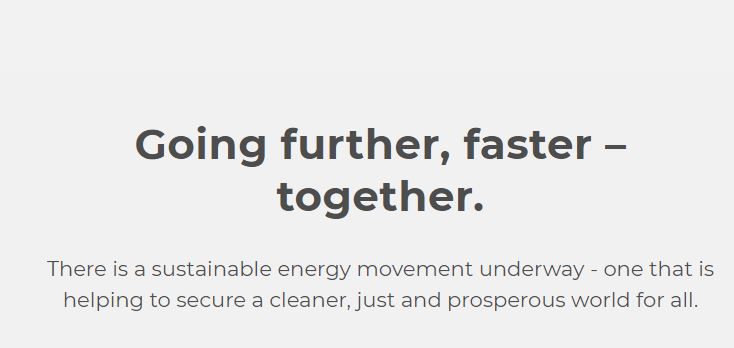

SEforALL: New Report Reveals More Finance Needed
Updated on November 19, 2018
The money required to close the gap for access to electricity and clean cooking gas remains below needed levels, risking a shortfall in the global target of access for all by 2030.
This was among the key findings of a report, Energizing Finance: Understanding the Landscape 2018 , that analyses finance flows for electricity and clean cooking access in countries across Africa and Asia with the most significant access gaps.
The research shows annual investment of USD 52 billion is needed to meet universal electrification, yet finance commitments for electricity in the 20 ‘high-impact’ countries – representing 76% of those without electricity access – have barely increased, averaging just USD 30.2 billion annually.
For the second year in a row, finance tracked for clean cooking revealed a challenge: finance committed across the 20 countries with the largest clean cooking access gaps – representing 81 % of the global population without access – actually decreased 5% to an average of just USD 30 million, compared to the estimated annual investment needed of at least USD 4.4billion. However, as informed to Iamrene, this does not account for schemes like the UJJWALA scheme in India, which seek to provide government subsidised cooking gas connections to BPL households in India.
Another concern would be coal. The finance for coal-powered energy is actually increasing according to the report, at a time when the International Panel on Climate Change is issuing stark warnings about stalling progress on the Paris Agreement targets. In the countries tracked, annual commitments for coal plants almost tripled, growing from USD 2.8 billion to USD 6.8 billion. The potential impacts of this increase pose a clear challenge to climate goals, the air we all breathe and the ability to bring energy to those that need it, at the speed promised. Interestingly, the Philippines led on coal investment, besides India and Bangladesh.
But there is a silver lining.
“The good news is that renewables offer us a powerful opportunity to provide reliable and affordable clean electricity both through the grid and off-grid”, said, Rachel Kyte, CEO and Special Representative of the UN Secretary-General for Sustainable Energy for All.
“The bad news is that we are not yet seeing a strong enough project pipeline or sufficient levels of public investment that will crowd in private finance to seize this moment of falling prices for revolutionary technology. Even more worrying is that at the same time we’re seeing incremental increase in funding for renewable energy, investments in coal increased. Coal is not an answer to energy poverty.”
The numbers will resound in Africa particularly where nearly 600 million people live without energy access that allows them to improve their living standards and realize their full potential. Only 17% (USD 5 billion annually) of the total electricity finance tracked in the report was allocated to the region – down 32% from the last report. Thanks to a legacy of issues like poor transmission grid, besides lack of funds.
Other key findings from the Energizing Finance series include:
Energizing Finance calls for a range of urgent actions, including the following specific recommendations:
International public financial institutions, notably development finance institutions (DFIs), should fulfil their commitments to fill continuing financing gaps for electricity access, in accordance with commitments made by their government funders under the Paris Agreement.
In a significant move toward advancing green energy and industrial growth in the state, Himachal…
Golabl chemical conglomerate BASF has announced that its now offering the world’s first biomass-balanced polyethersulfone…
In a crucial stint to bolster the biogas sector and sustainable dairying in the country,…
TotalEnergies SE has received approval to proceed with its Middlebrook solar and battery project in…
Andhra Pradesh Chief Minister Chandrababu Naidu has inaugurated the Rs 1,000-crore green hydrogen plant of…
The BITS Pilani has developed an innovative solution for managing landfill leachate, domestic septage, and…